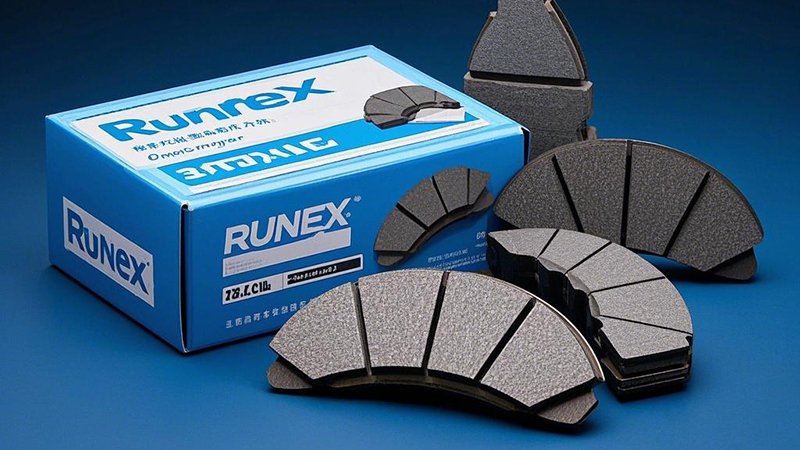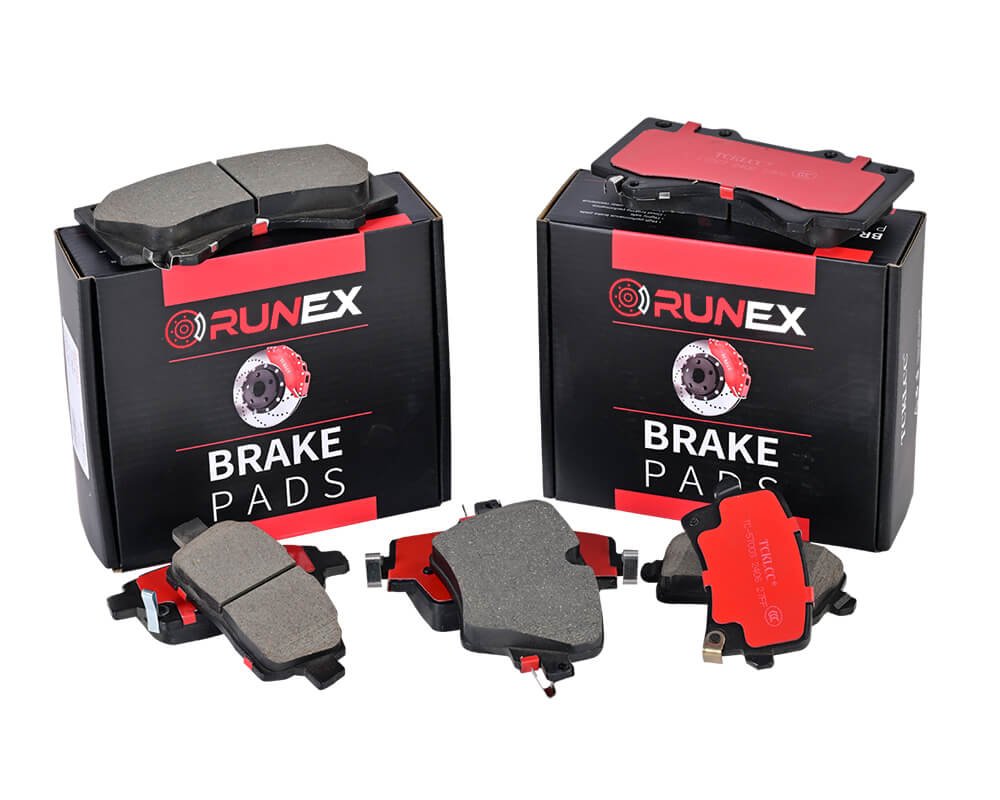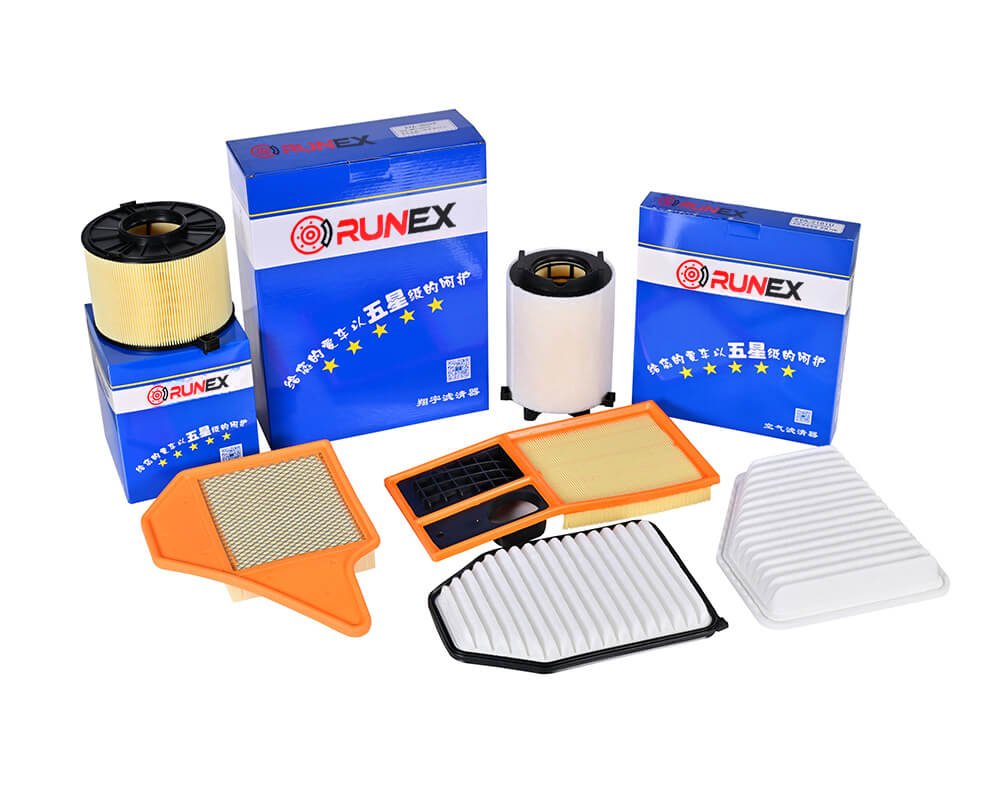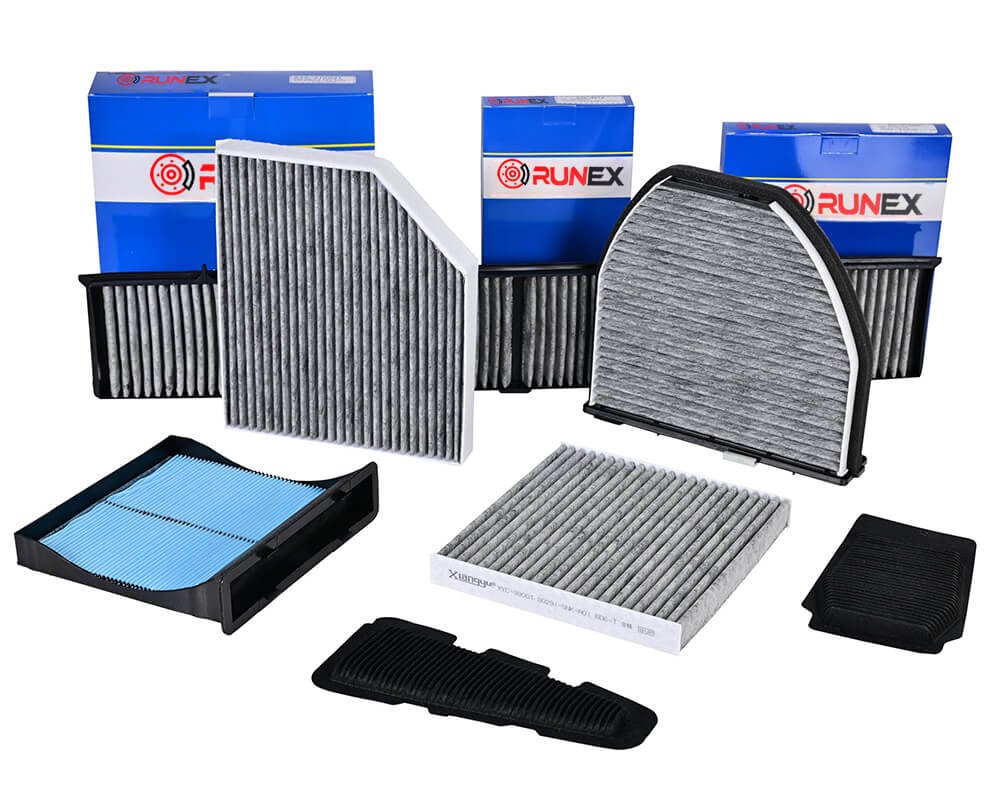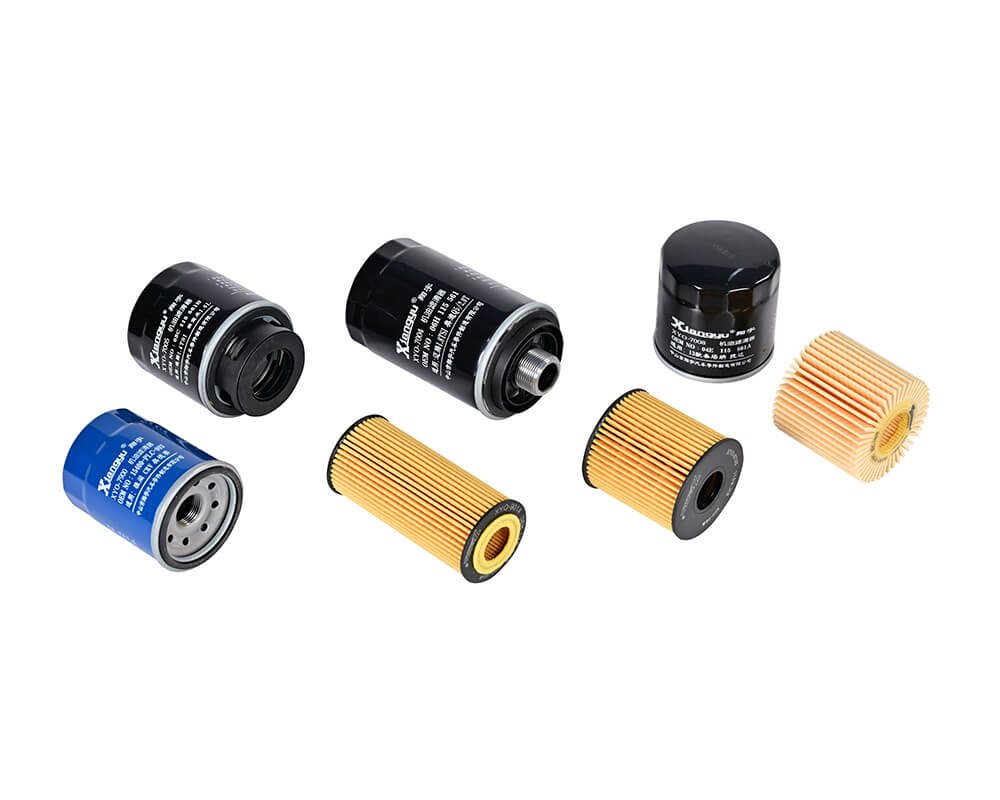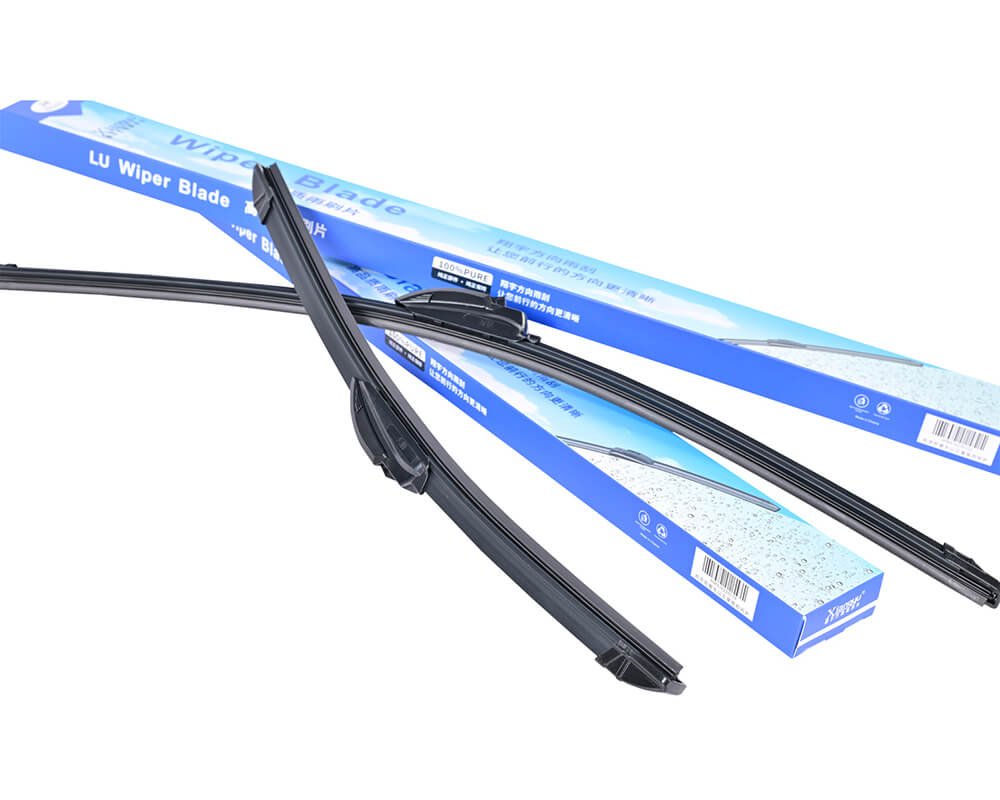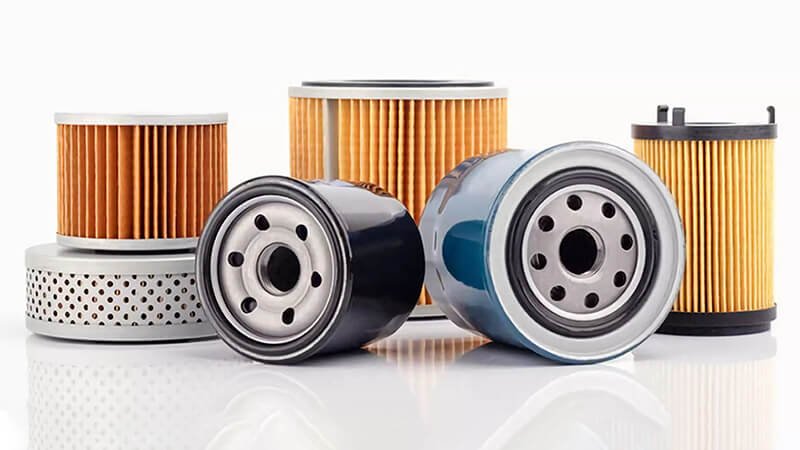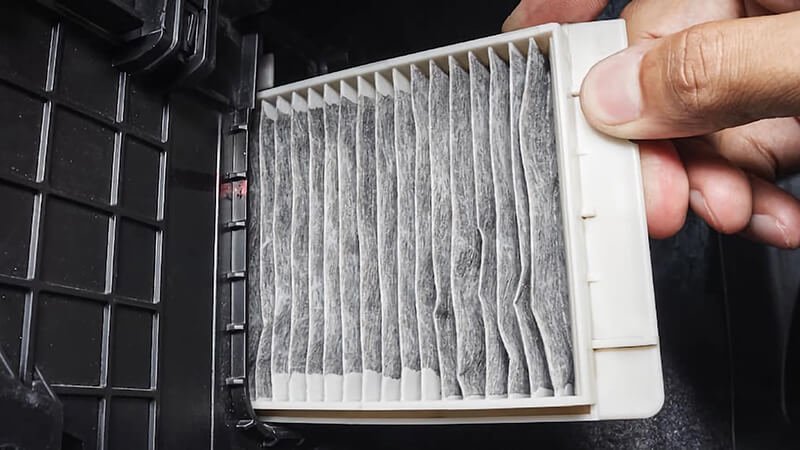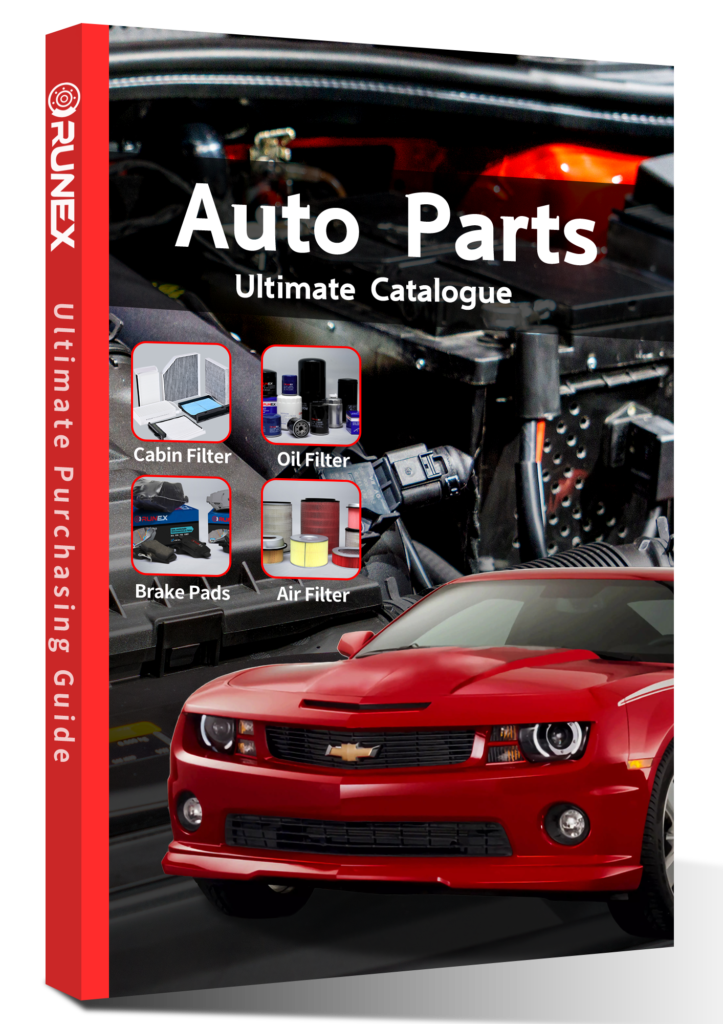If you’ve ever found yourself wondering whether you can replace brake pads without turning rotors, you're not alone. It's a common question for anyone involved in car maintenance. While it’s generally possible to replace brake pads without resurfacing the rotors, there are some important things you need to know. Let's take a closer look at why the condition of the rotors matters and how it impacts the overall braking performance.
Yes, you can replace brake pads without turning rotors, but only if the rotors are in good condition. If the rotors are warped or worn, resurfacing or replacing them is necessary to ensure optimal braking performance and prevent uneven brake pad wear. Let’s dive into the details.
While it may seem like a simple decision to just swap out the brake pads, the condition of the rotors plays a crucial role in the overall braking system's performance. Let’s explore whether rotors need to be turned when replacing brake pads and how they affect your vehicle's safety and performance.

Can you change just brake pads without changing rotors?
Changing just the brake pads without replacing the rotors is a common practice, but it depends heavily on the state of the rotors. If the rotors are in good condition, you may not need to replace them at all. However, if they’re damaged or worn out, you could be setting yourself up for bigger problems down the road.
It is generally acceptable to replace just the brake pads without changing the rotors, as long as the rotors are smooth, within thickness specifications, and free from cracks or warping. If the rotors are in bad shape, it's best to either resurface or replace them to ensure proper braking.
Let’s break this down further by understanding the role of the brake pads and rotors in your vehicle’s braking system:
-
Brake Pads: These are the components that come into direct contact with the rotors to create the friction necessary to slow down or stop your vehicle. Over time, the brake pads1 wear down, and their friction material decreases, which is why they need to be replaced regularly.
-
Rotors: The rotors are the metal discs that the brake pads press against. Their purpose is to provide a smooth, stable surface for the brake pads to create friction. As the brake pads press against the rotors, the heat generated can cause the rotors to warp or develop grooves. If these issues occur, the rotors lose their ability to maintain effective braking performance.
When you replace just the brake pads, you may risk the pads wearing unevenly on the old rotors if the surface isn’t in optimal condition. Warped or uneven rotors can cause vibrations during braking, reduce stopping power, and increase wear on the new brake pads.
In most cases, if the rotors are still thick enough and have only minor wear or grooves, they can be resurfaced (or “turned”) to restore a smooth surface. If the rotors are beyond repair or the wear is too severe, then replacing them is the best option.
When is it OK to only change brake pads?
It is acceptable to change just the brake pads in the following situations:
| Rotor Condition | Action |
|---|---|
| Smooth surface with no cracks | Replace only brake pads |
| Slight groove, no warping | Resurface the rotors |
| Warped or cracked rotors2 | Replace the rotors |
| Rotor below minimum thickness | Replace the rotors |
If the rotors meet the first two conditions, resurfacing can restore them to an optimal condition for use with new brake pads. If they fail these checks, replacing the rotors is essential for safe driving.
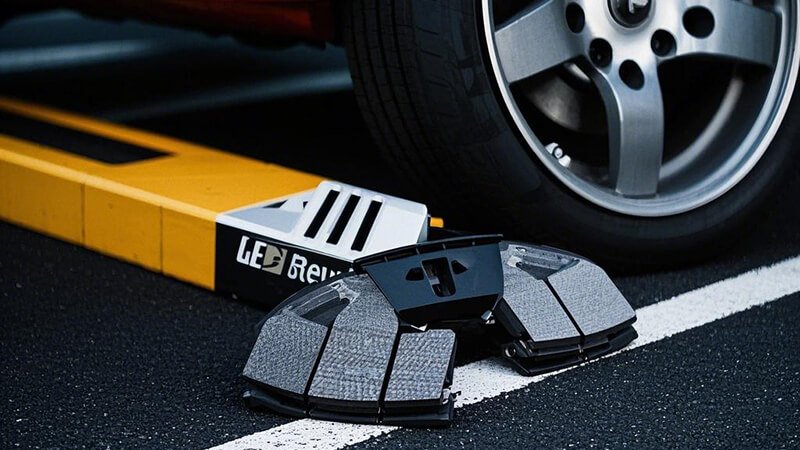
Do you need to turn rotors when replacing brake pads?
When replacing brake pads, the question of whether to turn the rotors is often raised. It’s not always necessary, but there are circumstances where turning the rotors is highly recommended. Let’s explore when it’s necessary to resurface your rotors and how it affects the braking performance.
Turning (resurfacing) the rotors when replacing brake pads is necessary if the rotors have become warped, scored, or uneven. Resurfacing restores a smooth surface, allowing the new brake pads to make even contact with the rotors for optimal performance and longer lifespan.
Turning rotors is a process where the rotor surface is shaved down to create a smooth, even surface for the brake pads to make proper contact. While it’s not always required when replacing brake pads, it’s necessary in some situations. Here’s when turning the rotors becomes essential:
1. Warping3
Rotors can become warped due to excessive heat buildup from frequent or hard braking. When the rotor surface is warped, it can lead to vibrations when applying the brakes. This is because the brake pads no longer make uniform contact with the rotor.
2. Scoring or Grooving4
Over time, brake pads create friction on the rotor’s surface, which can result in scoring or grooving. This is common when the pads have worn down too much or the brake fluid hasn’t been changed. Scored rotors lead to inefficient braking because the pads don’t have a smooth surface to grip.
3. Excessive Wear5
Rotors also wear down over time. Every time the brake pads are pressed against them, a small amount of material is removed from the rotor surface. If rotors wear down too much, they become less effective at dissipating heat, which reduces braking power.
Here’s when you should consider resurfacing the rotors:
| Condition | Action |
|---|---|
| Minor grooves, no warping | Resurface the rotors |
| Even surface, no damage | Resurface or leave as is |
| Severe warping or cracks | Replace the rotors |
In cases of minor grooves, resurfacing will smooth the rotor surface and allow the new brake pads to function effectively. But, if the rotors are beyond repair, it's safer to replace them entirely.

What happens if you replace brake pads on bad rotors?
Replacing brake pads on bad rotors is not recommended, as it can lead to several issues that negatively impact your vehicle’s braking performance. Here’s what can happen if you neglect to address rotor issues when replacing brake pads.
If you replace the brake pads without addressing bad rotors, you risk poor braking performance, increased wear on the new pads, and even damage to the braking system. Warped or damaged rotors can cause uneven pad wear, vibrations, and decreased stopping power, making your vehicle unsafe to drive.
Replacing brake pads on bad rotors is similar to putting a Band-Aid on a bigger problem. Here’s why this practice is problematic:
1. Increased Brake Pad Wear6
When the rotors are warped or damaged, they create uneven surfaces for the brake pads to make contact with. This causes the pads to wear down unevenly, leading to quicker replacement and increased maintenance costs. Not only do you need to replace the brake pads sooner, but they will also not perform as efficiently as when they are paired with a smooth, undamaged rotor.
2. Reduced Braking Performance7
Bad rotors affect braking performance in several ways. They can increase stopping distances, create an uneven brake feel, or even cause the brakes to overheat, which can lead to brake fade. In severe cases, the rotors can actually crack, leading to a complete failure of the braking system.
3. Brake Pedal Vibration8
One of the most noticeable symptoms of bad rotors is vibration in the brake pedal. This happens when the surface of the rotor is uneven, and the pads make inconsistent contact with the rotor surface. This can be annoying and is often a sign that the rotor needs to be replaced or resurfaced.
4. Potential for Brake Failure
In the worst-case scenario, worn-out rotors can cause total brake failure. If the rotors crack or become too thin, they could break under pressure, causing a dangerous situation. This is why it’s critical to inspect rotors whenever you replace brake pads.
Summary of potential problems:
| Problem | Impact |
|---|---|
| Uneven pad wear | Increased maintenance costs |
| Reduced braking efficiency | Longer stopping distances |
| Brake pedal vibrations | Poor brake feel |
| Brake failure | Potentially dangerous |
As you can see, replacing brake pads without fixing bad rotors is a recipe for a wide range of braking issues that can be costly and dangerous.

Is it okay to just change front brake pads?
You might be tempted to only replace the front brake pads, especially if you’re trying to save money or time. While it’s possible, it’s not always the best decision. Let’s explore whether it’s okay to just replace the front brake pads and what the implications are for your vehicle’s braking system.
While it's technically okay to only replace the front brake pads, it’s important to inspect the rear pads and rotors as well. Ignoring the rear brake system can lead to uneven braking and put additional strain on the front brakes, potentially causing premature wear.
Changing only the front brake pads might seem like a good idea if you're looking to save time or money. However, it’s important to consider the full picture:
1. Balanced Braking Performance9
Both the front and rear brake systems work together to stop your vehicle efficiently. The front brakes handle most of the braking load because of the weight transfer during braking. However, if you neglect the rear brake pads, it can affect overall braking balance, making the vehicle more difficult to stop or causing excessive wear on the front brake system.
2. Rear Brake Pads Wear10
The rear brake pads may wear at a different rate than the front ones, depending on your driving habits and the vehicle's weight distribution. Ignoring the rear brake pads could mean that they are neglected until they fail, which can be costly in the long run.
3. Increased Wear on Other Parts11
When one part of your braking system is neglected, it can lead to excess wear on other parts. For example, if the rear brake pads wear out prematurely, it can lead to increased stress on the front braking components, causing them to wear out faster.
Potential issues when neglecting rear brake pads:
| Issue | Result |
|---|---|
| Uneven braking force | Poor vehicle control |
| Premature front brake pad wear | Increased maintenance cost |
| Overheating of front brakes | Reduced braking efficiency |
In most cases, it’s best to inspect and replace both front and rear brake pads at the same time to maintain balanced braking performance and avoid future issues.
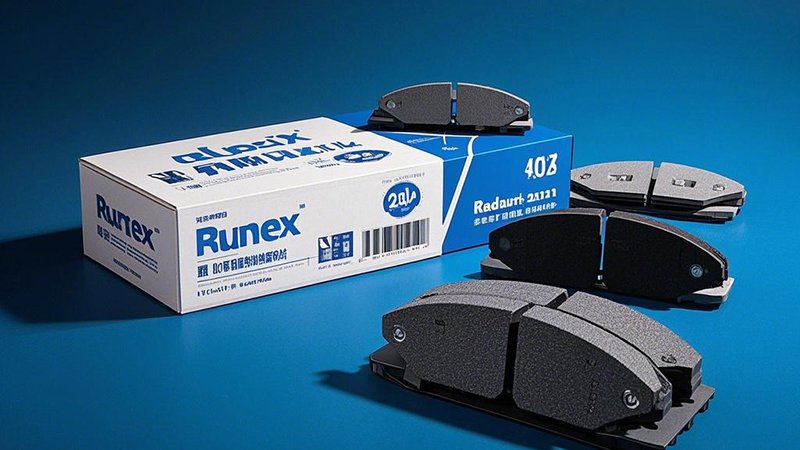
Conclusion
Replacing brake pads is essential for maintaining your vehicle's braking12 performance, but it’s equally important to consider the condition of the rotors. Whether you choose to turn the rotors or replace them entirely, addressing rotor issues ensures the safety, efficiency, and longevity of your braking system. Always keep in mind that brake pads and rotors work together to provide optimal braking performance.
-
Understanding brake pads is crucial for vehicle safety and maintenance. Explore this link to learn more about their role and importance. ↩
-
Rotors play a vital role in braking efficiency. Discover more about their function and maintenance to ensure your vehicle's safety. ↩
-
Understanding rotor warping can help you maintain your vehicle's braking system effectively. Explore this link for detailed insights. ↩
-
Learn how to identify and address scoring or grooving to ensure optimal braking performance. This resource provides essential tips. ↩
-
Recognizing excessive wear is crucial for safety. This link offers valuable information on maintaining your brake system. ↩
-
Understanding the effects of increased brake pad wear can help you make informed decisions about vehicle maintenance and safety. ↩
-
Exploring the impact of reduced braking performance can highlight the importance of maintaining your braking system for safety. ↩
-
Learning about the causes of brake pedal vibration can help you address issues early and ensure a smoother driving experience. ↩
-
Understanding balanced braking performance is crucial for safe driving. Explore this link to learn how it impacts vehicle control and safety. ↩
-
Discover the implications of rear brake pad wear on your vehicle's performance and safety. This resource provides valuable insights. ↩
-
Learn about the interconnectedness of braking system components and how neglecting one can lead to costly repairs. This link offers essential information. ↩
-
Runex auto has dfferent kinds of Brake pads, clicking this link to get your best products and prices. ↩

